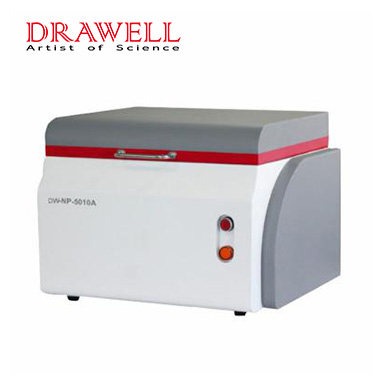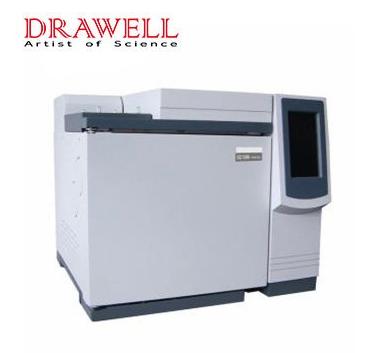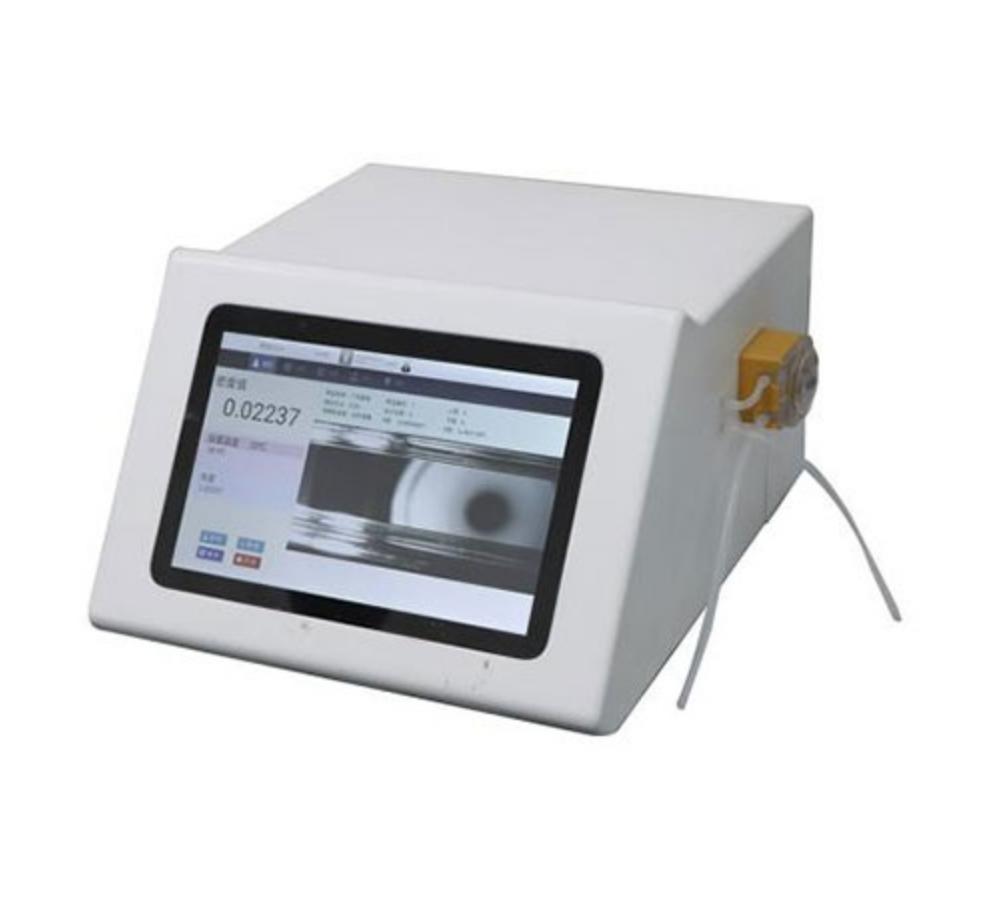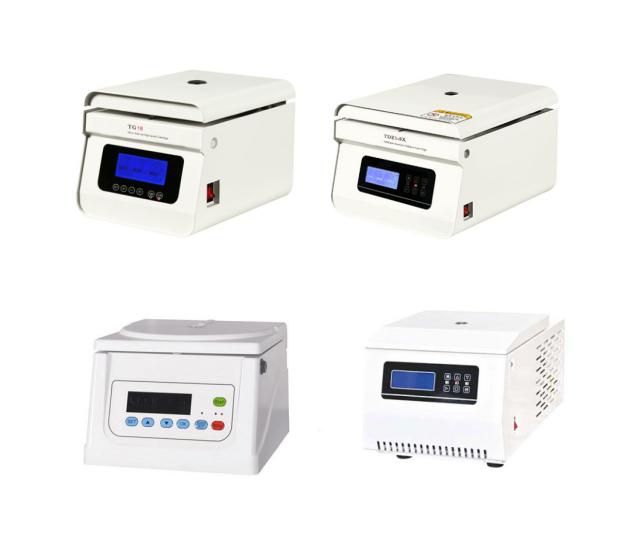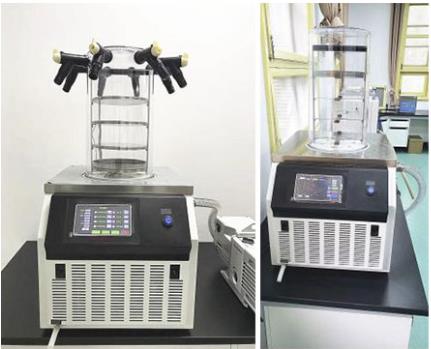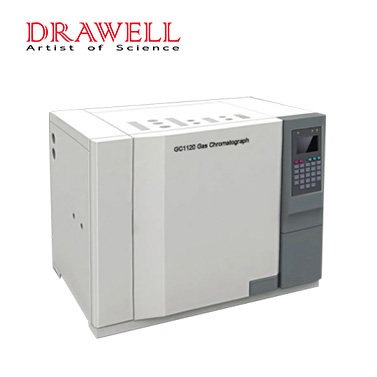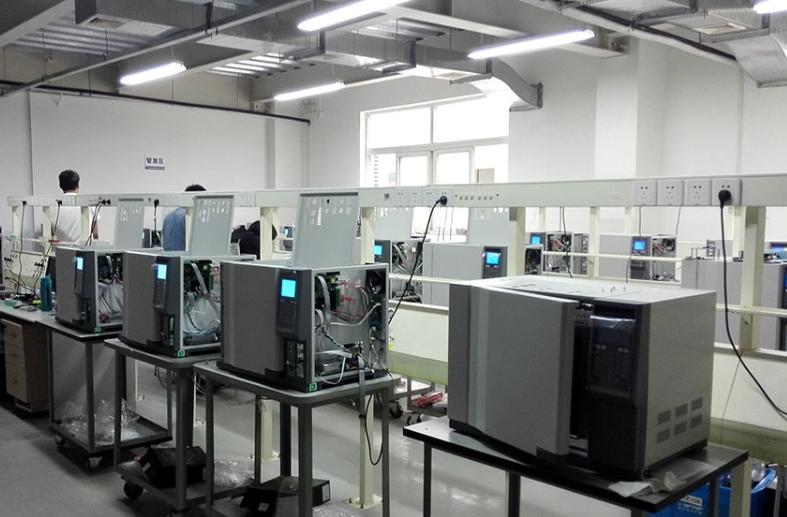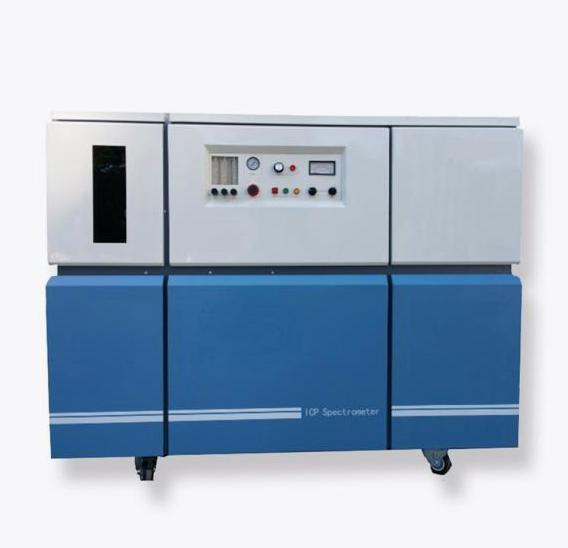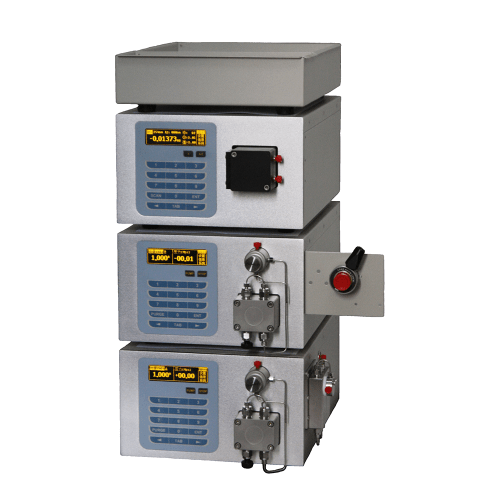News
What Does a Spectrophotometer Measure and Why Choose It
A spectrophotometer is an important tool used in scientific studies and many industries to measure the amount of light absorbed or transmitted by a sample at various wavelengths. Spectrophotometry is an analytical technique that measures the concentration and characteristics of a material in a sample precisely and accurately. In this post, we’ll look at what a spectrophotometer…
What Is Gas Chromatography: Main Types and How to Use Effectively
Gas chromatography (GC) is a versatile analytical technique used for separating and analyzing volatile compounds in complex mixtures. By leveraging the principles of partitioning between a mobile gas phase and a stationary phase, GC enables the precise separation and identification of individual components. This article explores the different types of gas chromatography and provides insights into…
3 Key Points to Know What Is Density Meter for Liquids: Principles, Types and Measurement Affecting Factors
Accurate density measurement is essential in various industries, including pharmaceuticals, chemical engineering, food and beverage, and oil and gas. Density meters specifically designed for liquids play a crucial role in determining the density of liquids with precision and reliability. In this article, we will explore the principles underlying density meters for liquids, discuss the various types…
What Is a Centrifuge Used for?
A centrifuge is a scientific apparatus that separates liquid or suspension components depending on density and sedimentation rate. It uses centrifugal force to speed up the sedimentation process, allowing for effective substance separation. In this article, we will discuss the topic of what is a centrifuge used for, exploring its key applications and commonly used types. 7…
Why You Should Choose a Desktop Freeze Dryer for Your Laboratory Needs?
In laboratory settings, efficient sample preservation is crucial for maintaining the integrity of various materials. One highly effective method of preservation is freeze-drying, also known as lyophilization. While industrial-scale freeze dryers are commonly used in large-scale operations, a desktop freeze dryer offers several compelling advantages for smaller laboratories or limited spaces. In this article, we will explore…
8 Key Gas Chromatography Applications in Food Industry
The food industry plays a vital role in providing safe, nutritious, and high-quality food products to consumers. Ensuring the safety and quality of food is of utmost importance to protect public health and meet regulatory requirements. To achieve this, analytical techniques are employed to analyze food samples for various parameters, including the identification and quantification…
9 Key Gas Chromatography Applications in Pharmaceuticals Analysis
Gas chromatography (GC) plays a significant role in pharmaceutical and drug analysis by providing a reliable and sensitive technique for the separation, identification, and quantification of volatile and semi-volatile compounds. It is widely used throughout the drug development process, including quality control, formulation development, stability testing, and pharmacokinetic studies. Here are 9 key applications of gas…
ICP- AES Vs AAS- 6 Key Differences Analysis
Inductively Coupled Plasma Atomic Emission Spectrometry (ICP-AES) and Atomic Absorption Spectrophotometry (AAS) are two prominent analytical techniques extensively utilized in elemental analysis. These methods play a crucial role in diverse scientific fields, such as environmental monitoring, materials science, pharmaceuticals, and metallurgy, enabling precise determination of elemental compositions in a wide range of samples. Understanding the key…
What Are 4 Key Components of a Gas Chromatography System
Gas chromatography (GC) is based on the principle of the separation of a mixture of compounds into individual components based on their differential interactions with a stationary phase and a mobile phase. There are many steps and components involved in gas chromatography such as Sample Injection, Stationary Phase, Mobile Phase (Carrier Gas), Separation Process, Retention Time,…
How Does Liquid Chromatography Work – Principles, Key Components, and Mechanisms
Liquid chromatography (LC) is a sophisticated analytical technique used to separate, identify, and measure the components of a complicated mixture in a variety of scientific disciplines. LC has become an indispensable instrument in disciplines such as pharmaceuticals, environmental analysis, forensics, food science, and others because of its versatility and a broad range of applications. In this…


